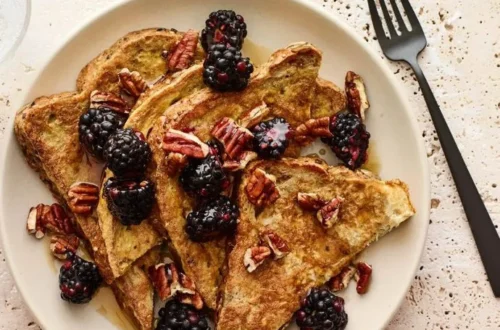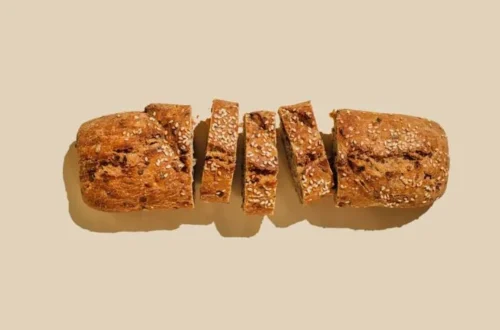How I Use Intermittent Fasting to Stay Lean and Energized
I used to think that to be healthy and feel good, you had to spend a lot of money on groceries and a gym membership that cost as much as a car payment. I felt it was the only way to eat since I saw fitness influencers eating gourmet meals that were just the right size. I felt stuck for a long time. I wanted to be healthy, but my bank account didn’t always agree with me. This made me angry because I kept trying to eat well, but I ended up spending too much money, and then went back to cheap, processed foods because I had to.
When I learned about intermittent fasting (IF), everything changed for me. At first, I looked into it since I heard it may benefit my health by providing me with more energy and repairing cells. But I quickly noticed a powerful and unexpected side effect: it was saving me a lot of money on groceries. By changing when I ate, I naturally made what I ate simpler. This made it not only possible to eat healthy on a budget but also surprisingly easy.
Intermittent fasting became my secret weapon for being skinny and full of energy without spending a lot of money. It taught me that being healthy and wealthy don’t have to be at odds with each other. If you’re looking for a way to attain your health goals without worrying about money, I want to share with you my story and the simple measures that made all the difference.
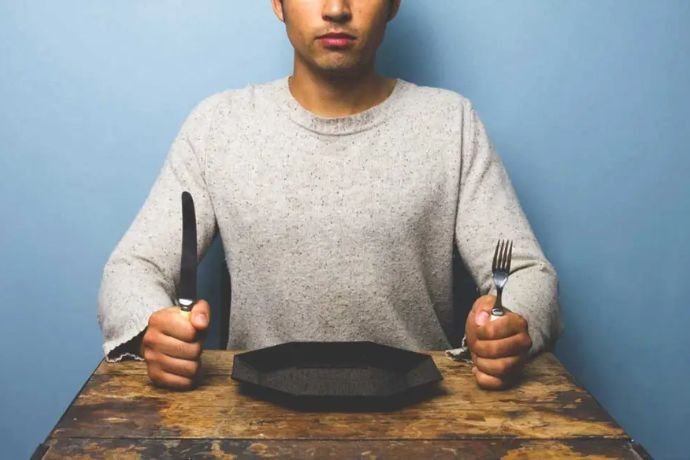
What is Intermittent Fasting, and How Does it Save Money?
First, let’s be clear: intermittent fasting is not a way to lose weight. It’s a method of eating. Your “eating window” is the time when you eat and fast in cycles. There are a lot of ways to do it, but the 16:8 method is the most common. You eat for eight hours and then fast for sixteen hours. This usually means that I eat my last meal by 8 p.m. and don’t eat again until noon the next day.
There is a lot of proof that it is excellent for your health, like making your brain perform better and making your insulin more sensitive. But people often forget that it’s cheap. This is how intermittent fasting helped my money:
- Fewer Meals to Buy: The most obvious benefit is that I was buying food for one less meal per day by foregoing a meal (usually breakfast). That adds up a lot over the course of a month.
- Reduced Snacking: A shorter eating window made it easier for me to stop snacking all day and late at night without even realizing it. This got rid of a lot of unexpected food costs.
- Simplified Grocery Lists: I had fewer meals to plan for, so my grocery shopping was more focused. I was throwing away less food and buying less food in general.
This wasn’t about being forced to go without; it was about being intentional. I made my budget easier by making it easy for me to eat.

My Approach to Eating Healthy on a Budget with IF
You need a plan if you want to do intermittent fasting and stay within your budget. You should eat meals that are low in cost and high in nutrients so that you stay full and happy during your eating window. These are the main ideas that help me choose what to eat.
1. Prioritizing Protein and Fiber
If you don’t have a lot of time to eat, the quality of your meals becomes quite crucial. To stay full and not desire to eat throughout your fast, you need meals that are high in protein and fiber. These nutrients make you feel full the longest. I always make sure to put both of these things on my grocery list.
- Budget-Friendly Proteins: Eggs, lentils, chickpeas, black beans, canned tuna, ground turkey, and Greek yogurt.
- Affordable Fiber: Oats, brown rice, whole-wheat bread, potatoes, sweet potatoes, and all kinds of vegetables (especially seasonal or frozen ones).
I always eat a lot of protein at breakfast to break my fast and keep me full till the afternoon.
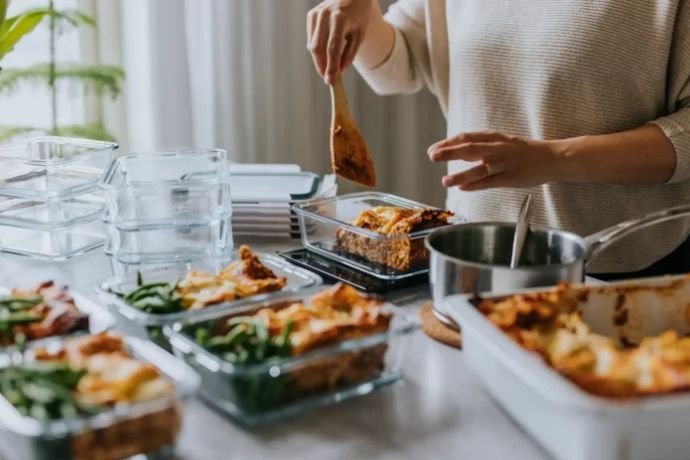
2. Embracing Batch Cooking
Making meals in bulk is one of the finest ways to eat well on a budget. Once a week, I spend one or two hours getting ready for basic foods. This isn’t about making 14 dinners that are all the same. It’s about producing items that will help you create meals quickly and healthily later.
- My Weekly Prep: I will make a lot of quinoa or brown rice, roast a lot of seasonal veggies, and bake a couple of chicken breasts or hard-boil a dozen eggs.
- The Payoff: I can make a nutritious and appetizing dinner in less than five minutes because these parts are already in the fridge. This stops the “I have nothing to eat” moment that makes consumers order expensive takeout.

3. Making Friends with Frozen Produce
I used to believe that fresh fruits and vegetables were always superior. But I’ve learned that frozen fruits and vegetables are quite good for you and not too expensive. They are picked when they are at their ripest and then frozen right away to maintain their nutrients. I put frozen spinach and berries in my smoothies and frozen broccoli or green beans on the side for dinner. They last for months, so there is no food waste.
4. The “One-Pot Meal” Philosophy
To save time and money, I often make meals in one pot. Soups, stews, and chilis are great for intermittent fasting because they fill you up, keep you hydrated, and you can make them using cheap, healthful foods.
- My Go-To Lentil Soup: I can make a big pot of lentil soup for just a few dollars with lentils, carrots, onions, celery, and vegetable stock. It gives you a lot of great meals every week. This lunch is a great example of how to dine well without spending a lot of money.
How This Lifestyle Keeps Me Lean and Energized
My physique and energy levels change a lot when I fast and eat cheap, complete meals.
- Stable Energy: I don’t eat sweet breakfast cereals or anything else before noon since I don’t want to crash in the middle of the morning. My body learns to utilize fat as fuel, providing me with energy that lasts throughout the day.
- Effortless Calorie Management: I fast, so I don’t have as much time to eat. This makes it easy to stay thin without having to check every calorie.
- Nutrient-Dense Fueling: Planning my meals around healthy foods gives my body what it needs to perform well in my workouts and heal quickly. I feel stronger and more capable.
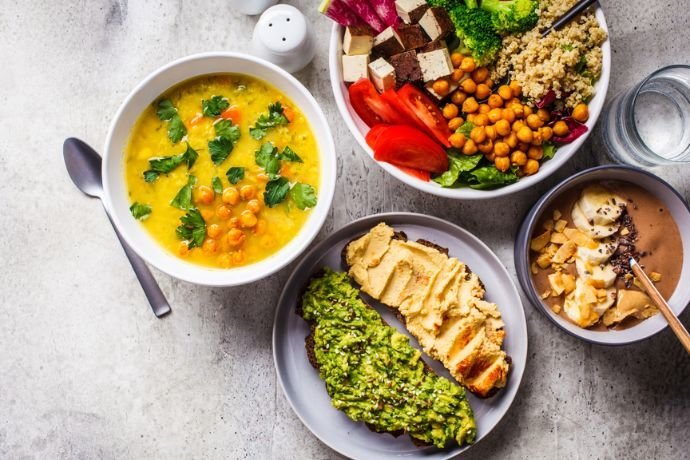
Your First Steps to Budget-Friendly Healthy Eating
If you like this method, you don’t have to leap into everything at once. Making little, steady changes is the key to long-term success.
- Try a 12-Hour Fast: Make sure there are 12 hours between dinner and breakfast the next day. You shouldn’t eat again until 8 a.m., for instance, if you completed eating at 8 p.m. This is a good way to help your body get adjusted to not eating.
- Plan Around Protein: For your next trip to the store, plan two or three meals that include affordable proteins like beans, eggs, or lentils. Keep an eye on how full and joyful you feel after those meals.
- Cook Once, Eat Twice: On deliberately, make twice as much of your next nutritious meal. Put the food that is left over in a lunch box for the next day. This is the simplest way to prepare dinner.
Adopting intermittent fasting and a whole-foods strategy was about more than just losing weight or saving money. It was about taking control of my health in a way that felt good and would last. It taught me that anyone can be healthy, no matter how much money they have.
Ready to see how you can eat better for less? Try one of the simple steps above this week and start your own journey toward affordable wellness.




